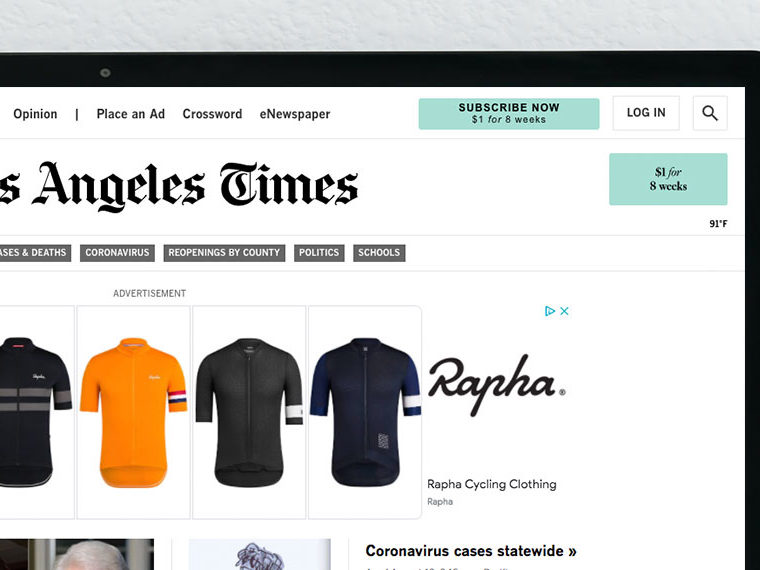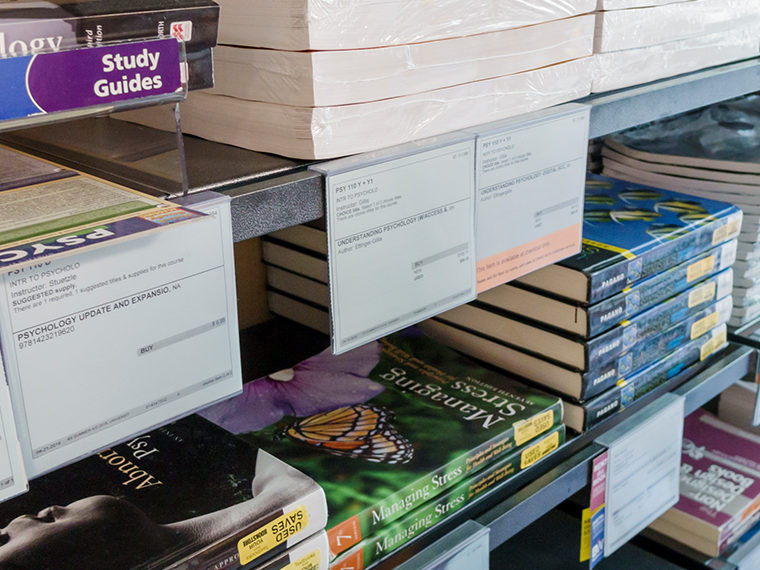If there are only six left, I guess I won’t be buying a dozen
Online companies often will alert shoppers that supplies of an item are about to run out. “Only eight left in stock.” “Only seven rooms left on our site.” “Five or fewer left at this price.” The goal is to whip up a buying frenzy, and the message is clear: Buy now or risk losing out.
Do these messages work? In a working paper, Arizona State University’s Sungho Park and Elliot Rabinovich, UCLA Anderson’s Christopher S. Tang and Arizona State’s Rui Yin sought to answer the question by analyzing sales data from an online retailer before and after a product was listed in short supply.
They found that in a regular retail setting (outside of special sales events), the notices hurt sales by reducing the number of daily purchases, especially of items typically bought in larger quantities. The messages did shorten the time between sales, but only for items that were purchased relatively infrequently.
Opt In to the Review Monthly Email Update.
The findings suggest that online retailers should be careful how they use scarcity messages, limiting them to items that move relatively slowly and that typically are purchased in small quantities. “An indiscriminate implementation of scarcity disclosure strategies across products will lead to suboptimal results,” the authors write.
E-commerce companies have devised a variety of strategies for dealing with one of the unfortunate (for them) realities of the online world: The internet makes it incredibly easy for consumers to shop around for lower prices. One approach is to offer “flash sales” to attract bargain hunters with large, short-term discounts on selected items. To heighten the sense of urgency, flash sales frequently feature an inventory countdown that displays in real time the number of items left in stock.
Researchers have found that scarcity messages in flash sales do spur shoppers to buy more frequently. But it’s less clear whether they work the same way in more typical retail situations, where customers are buying stuff they ostensibly need and not making a purchase only because they’ve found a deal.
In theory, notices about a looming scarcity should affect purchase decisions in a couple of ways. The availability effect occurs when consumers think that because such small quantities are on offer, they have to buy fewer than they might want. This leads to lower daily sales. With the demand effect, low inventories can either trigger a buying frenzy or signal to shoppers that the product is obsolete or undesirable, discouraging purchase.
To see how these effects play out in practice, the authors selected a U.S.-based retailer, Bon-Ton, which until 2018 sold apparel, home furnishings, appliances and other items through brick-and-mortar stores and catalogs and online. For online items, when inventories fell below six units, Bon-Ton would post a message saying, “Five or less left in stock.” (Two years after the study period, Bon-Ton filed for protection under Chapter 11 of the United States Bankruptcy Code and was liquidated. It relaunched later that year as an online-only retailer.)
The researchers collected sales data for 199 items sold online between August 1, 2014, and January 31, 2016. The data included prices, sales amounts, transaction times and inventory levels. (Exact inventory figures weren’t posted but were available in the site’s source code.)
They found that after scarcity messages were posted, the number of days between purchases declined by 14.8 percent, from an average of 4.85 days to 4.13 days, suggesting that the notice encouraged consumers to buy sooner rather than wait. But messages affected only relatively slow-moving products; sales of items that were purchased more frequently than average went largely unchanged.
While the inventory notices led to an increase in purchase frequencies, daily purchase quantities fell 17.6 percent, from 0.77 per day to 0.63 per day. This decline offset the increase in the frequency of sales, leading to an overall drop in daily sales after the notices were posted.
The findings also suggest that retailers could increase the number of products that move more quickly by cutting prices, though at a cost to profits. The fact that scarcity messages can boost sales for slow-moving, aggressively priced items, the authors write, may explain why disclosing low inventories can be successful in flash sales, where retailers can use loss leaders to attract customers.
Featured Faculty
-
Christopher Tang
UCLA Distinguished Professor; Edward W. Carter Chair in Business Administration; Senior Associate Dean, Global Initiatives; Faculty Director, Center for Global Management
About the Research
Park, S., Rabinovich, E., Tang, C., & Yin, R. (2019). The impact of disclosing inventory-scarcity messages on purchase frequencies and daily sales in online retailing.






